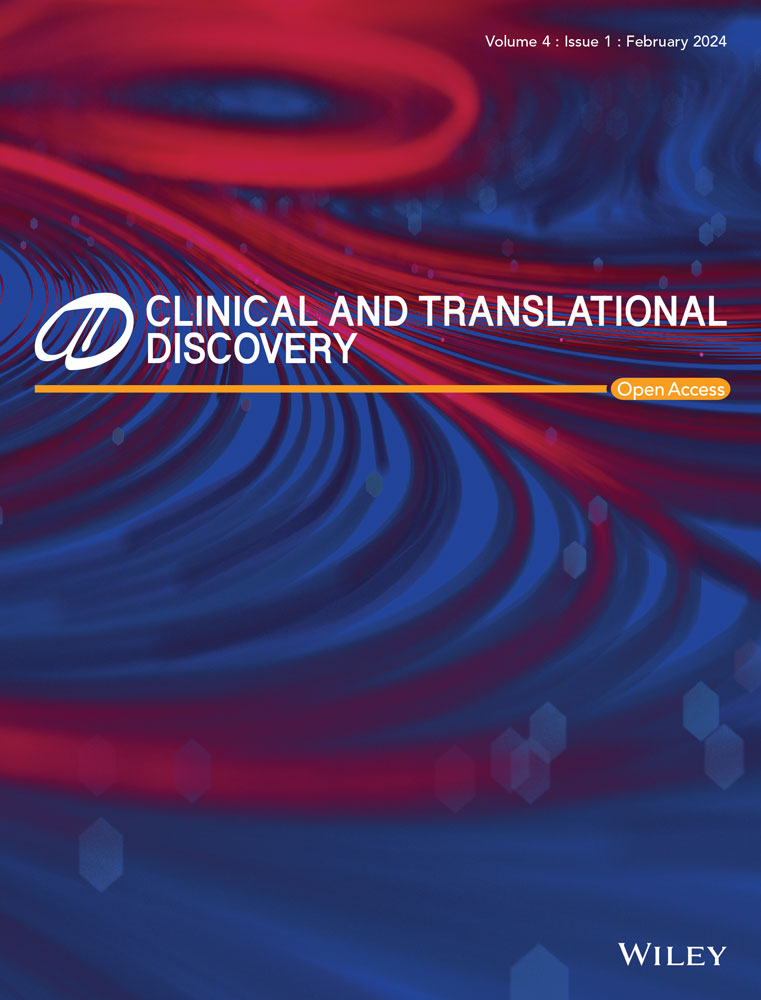Extracellular vesicles and cardiovascular disease interlink: A new clinical perspective in cardiology
Dear Editor,
Extracellular vesicles (EVs) are cell signalling molecules released from several cells. it is classified into several subpopulations such as microvesicles, apoptotic bodies, and exosomes.1 Current time exosomes reveal several disease complications effectively including cancer, immunological, neurological, and cardiology complications.2 Exosome carries dynamic molecular cargo such as DNA, RNAs, proteins, lipids, etc.1 This molecule indicates cellular status (health or cell undergoing any clinical complication). Cardiovascular disease (CVD) become a global bordering health crisis current time.3 The most common cause of CVD-related mortality globally is caused by the clinical consequences of atherosclerosis, such as coronary artery disease and stroke. Coronary artery disease (CAD) is the most common heart complication. Some factors develop it such as activation of endothelial dysfunction, oxidative stress, and inflammatory pathways, as well as enhanced cholesterol accumulation in the arteries. In CAD, cardiomyocytes, stem cells, endothelial cells, and platelets secreted exosomes related to the development of CAD.4 During CAD, higher expression of exosomes miRNA has clinical significance (miRNA-1, miRNA-92, miRNA-30, miRNA-133, miRNA-208, and miRNA-499 highly expressed). Exosome-derived miRNA-133a, miRNA-208, miRNA-1, and miRNA-499 high enrichment was observed in acute myocardial infarction patients plasma.5 Theranostic signature of circulation miRNAs in CVD is very impressive.6 Additionally, it was observed that miRNA-221, miR-210, miRNA-126 and miRNA-30 have lower expression in stroke incidents, other hand miRNA-145 and miRNA-21 were highly expressed in stroke.7 The exosome is a promising biomarker source of CVD.8 Several EV sources (stem cell-derived EVs or modified EVs) are also used in CVD as a therapeutic.9, 10 Exosome research-based challenges such as exosome heterogeneity, large-scale production, isolation, etc. Single exosome profiling11 solved this complication and supported the precision theranostics development. In the future, exosome-based theranostics applications become an effective solution for CVD.
AUTHOR CONTRIBUTIONS
Swarup Sonar: Manuscript writing; editing and reviewing.
ACKNOWLEDGEMENTS
Not applicable.
CONFLICT OF INTEREST STATEMENT
The author declares no conflict of interest.
ETHICS STATEMENT
Not applicable.
Open Research
DATA AVAILABILITY STATEMENT
Data sharing does not apply to this article as no datasets were generated or analyzed during the current study.




